DKSESS 15KW OFF GRID/HYBRID ALL IN ONE SOLAR POWER SYSTEM
The diagram of the system
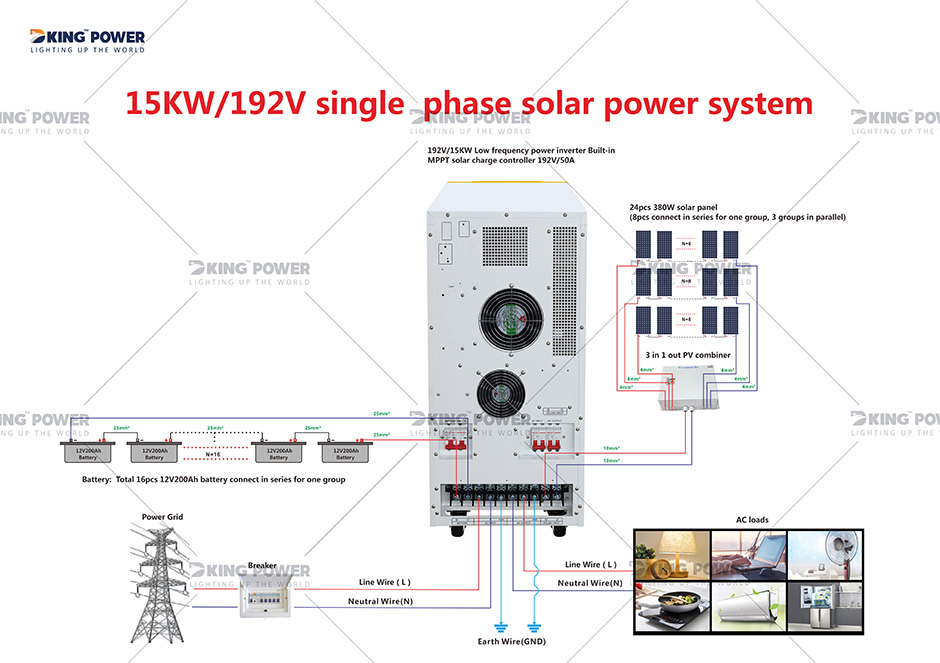
System configuration for reference
|
Solar Panel |
Monocrystalline 390W |
24 |
8pcs in series, 3groups in parallel |
|
Solar inverter |
192VDC 15KW |
1 |
WD-T153192-W50 |
|
Solar Charge Controller |
192VDC 50A |
1 |
MPPT built-in |
|
Lead acid battery |
12V200AH |
16 |
16pcs in series |
|
Battery connecting cable |
25mm² 60CM |
15 |
connection between batteries |
|
solar panel mounting bracket |
Aluminum |
2 |
Simple type |
|
PV combiner |
3in1out |
1 |
500VDC |
|
Lightning protection distribution box |
without |
0 |
|
|
battery collecting box |
200AH*16 |
1 |
16pcs batteries inside one box |
|
M4 plug (male and female) |
|
21 |
21 pairs 1in1out |
|
PV Cable |
4mm² |
200 |
PV Panel to PV combiner |
|
PV Cable |
10mm² |
100 |
PV combiner--Solar inverter |
|
Battery cable |
25mm² 10m/pcs |
21 |
Solar Charge Controller to battery and PV combiner to Solar Charge Controller |
The ability of the system for reference
|
Electrical Appliance |
Rated Power(pcs) |
Quantity(pcs) |
Working Hours |
Total |
|
LED bulbs |
20W |
10 |
8Hours |
1600Wh |
|
Mobile phone charger |
10W |
5 |
5Hours |
250Wh |
|
Fan |
60W |
5 |
10Hours |
3000Wh |
|
TV |
50W |
1 |
8Hours |
400Wh |
|
Satellite dish receiver |
50W |
1 |
8Hours |
400Wh |
|
Computer |
200W |
1 |
8Hours |
1600Wh |
|
Water pump |
600W |
1 |
2Hours |
1200Wh |
|
Washing machine |
300W |
1 |
1Hours |
300Wh |
|
AC |
2P/1600W |
2 |
10Hours |
25000Wh |
|
Microwave oven |
1000W |
1 |
2Hours |
2000Wh |
|
Printer |
30W |
1 |
1Hours |
30Wh |
|
A4 copier (printing and copying combined) |
1500W |
1 |
1Hours |
1500Wh |
|
Fax |
150W |
1 |
1Hours |
150Wh |
|
Induction cooker |
2500W |
1 |
2Hours |
4000Wh |
|
Refrigerator |
200W |
1 |
24Hours |
1500Wh |
|
Water heater |
2000W |
1 |
2Hours |
4000Wh |
|
|
|
|
Total |
46930W |
Key Components of 15kw off grid solar power system
1. Solar panel
Feathers:
● Large area battery: increase the peak power of components and reduce the system cost.
● Multiple main grids: effectively reduce the risk of hidden cracks and short grids.
● Half piece: reduce the operating temperature and hot spot temperature of components.
● PID performance: the module is free from attenuation induced by potential difference.
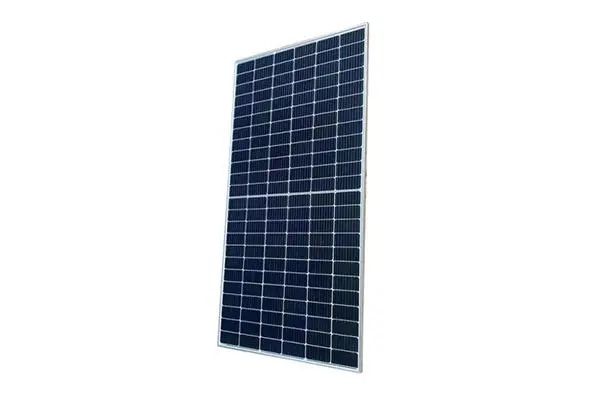
2. Battery
Feathers:
Rated Voltage: 12v*6 PCS in series
Rated Capacity: 200 Ah (10 hr, 1.80 V/cell, 25 ℃)
Approximate Weight(Kg,±3%): 55.5 kg
Terminal: Copper
Case: ABS
● Long cycle-life
● Reliable sealing performance
● High initial capacity
● Small self-discharge performance
● Good discharge performance at high-rate
● Flexible and convenient installation, esthetic overall look
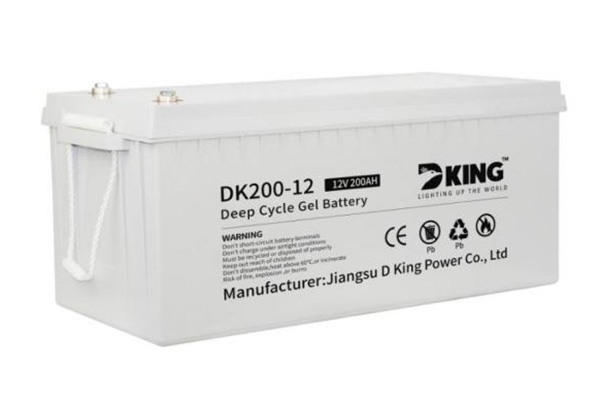
Also you can choose 192V200AH Lifepo4 lithium battery
Features:
Nominal Voltage: 192v 60s
Capacity: 200AH/38.4KWH
Cell type: Lifepo4, pure new, grade A
Rated Power: 30kw
Cycle time: 6000 times
Max parallel capacity: 1000AH (5P)
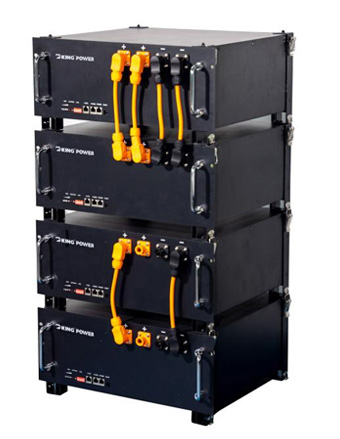
3. Solar inverter
Feature:
● Pure sine wave output;
● High efficiency toroidal transformer lower loss;
● Intelligent LCD integration display;
● AC charge current 0-20A adjustable; battery capacity configuration more flexible;
● Three types working modes adjustable:AC first, DC first, energy-saving mode;
● Frequency adaptive function, adapt to different grid environments;
● Built-in PWM or MPPT controller optional;
● Added fault code query function,facilitate user to monitor the operation state in real time;
● Supports diesel or gasoline generator, adapt any tough electricity situation;
● RS485 communication port/APP optional.
Remarks: you have many options of the inverters for your system different inverters with different features.
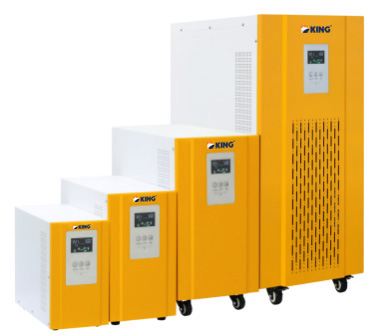
4. Solar Charge Controller
96v50A MPPT controller bulit in inverter
Feature:
● Advanced MPPT tracking, 99% tracking efficiency. Compared with PWM, the generating efficiency increase near 20%;
● LCD display PV data and chart simulates power generation process;
● Wide PV input voltage range, convenient for system configuration;
● Intelligent battery management function, extend battery life;
● RS485 communication port optional.
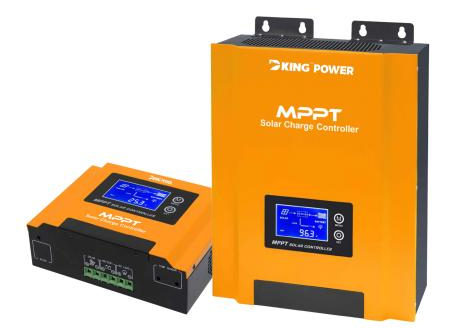
What service we offer?
1. Design service.
Just let us know the features you want, such as the power rate, the applications you want to load, how many hours you need the system to work etc. We will design a reasonable solar power system for you.
We will make a diagram of the system and the detailed configuration.
2. Tender Services
Assist guests in preparing bid documents and technical data
3. Training service
If you a new one in the energy storage business, and you need a training, you can come our company to learn or we send technicians to help you to train your stuff.
4. Mounting service& maintenance service
We also offer mounting service and maintenance service with seasonable & affordable cost.

5. Marketing support
We give big support to the customers who agent our brand "Dking power".
we send engineers and technicians to support you if necessary.
we send certain percent extra parts of some of the products as replacements freely.
What is the minimum and max solar power system you can produce?
The minimum solar power system we produced is around 30w, such as solar street light. But normally the minimum for home use is 100w 200w 300w 500w etc.
Most of people prefer 1kw 2kw 3kw 5kw 10kw etc for home use, normally it is AC110v or 220v and 230v.
The max solar power system we produced is 30MW/50MWH.
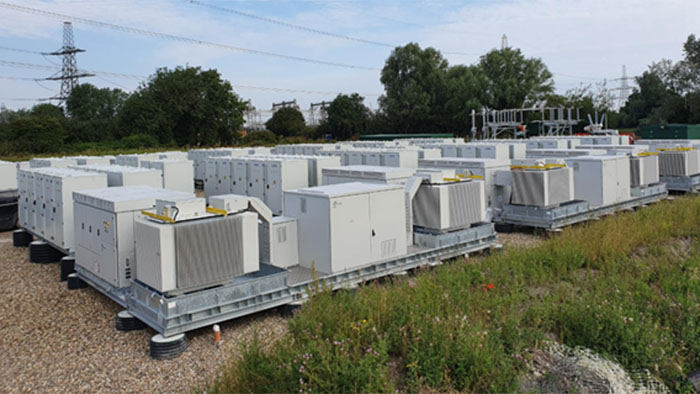
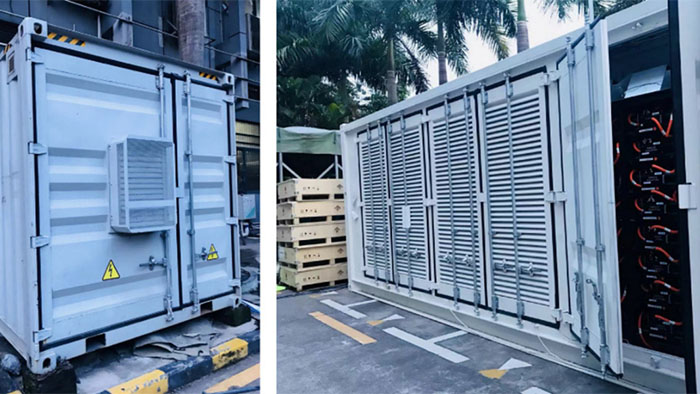
How is your quality?
Our quality is very high,because we use very high quality materials and we make rigorous tests of the materials. And we have very strict QC system.
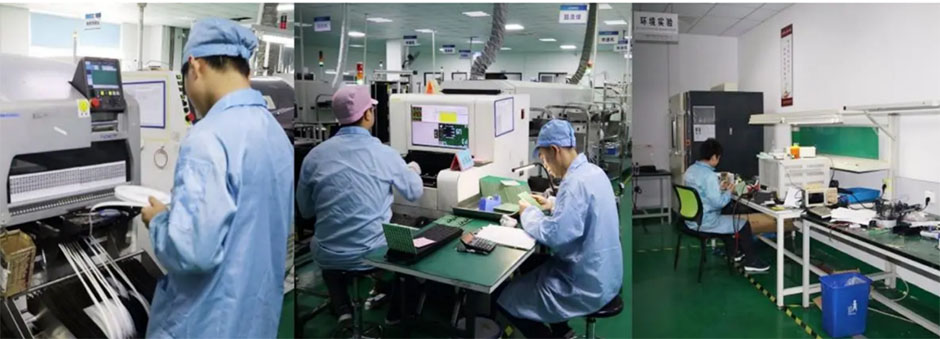
Do you accept customized producing?
Yes. just tell us what you want. We customized R&D and producing energy storage lithium batteries, low temperature lithium batteries, motive lithium batteries, off high way vehicle lithium batteries, solar power systems etc.
What is the lead time?
Normally 20-30 days
How you guarantee your products?
During the warranty period, if it is the product reason, we will send you replacement of the product. Some of the products we will send you new one with next shipping. Different products with different warranty terms. But before we sending, we need a picture or video to make sure it is the problem of our products.
workshops
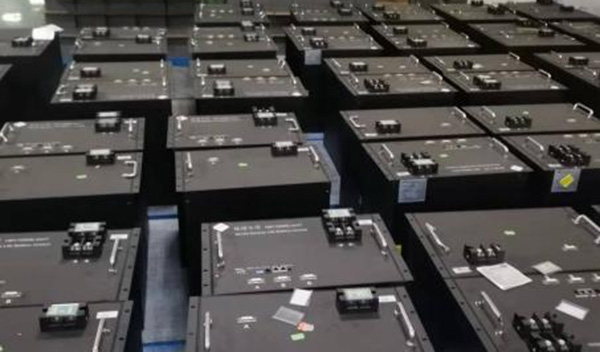
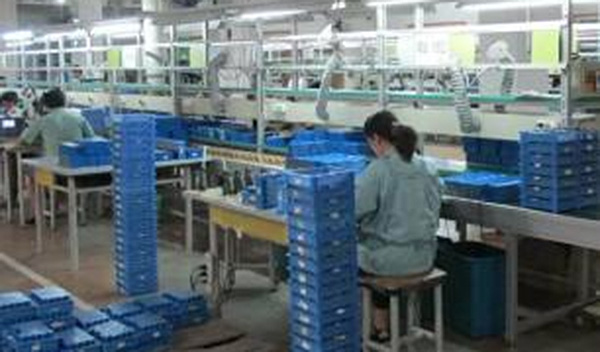
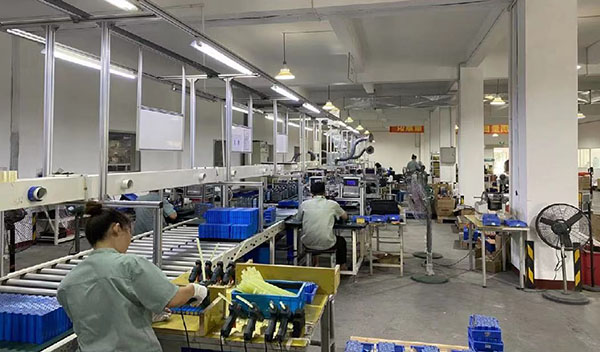
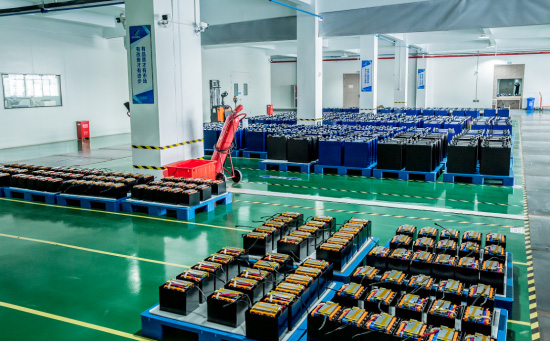
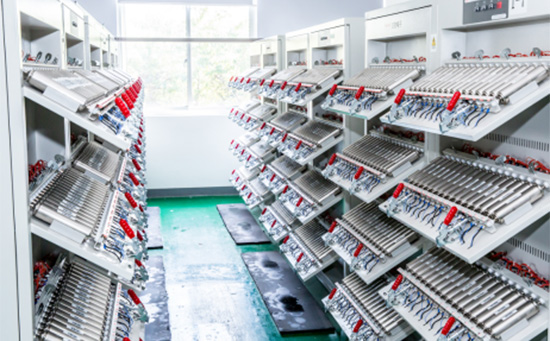
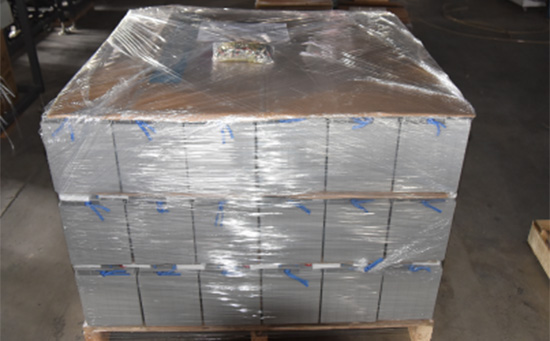
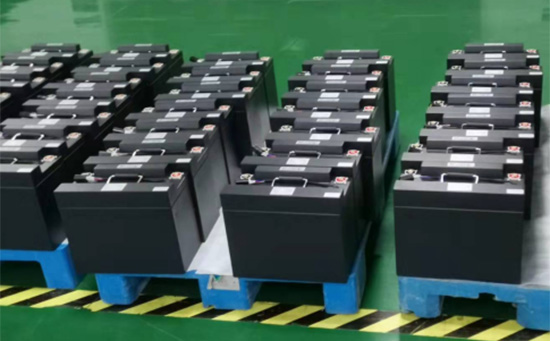
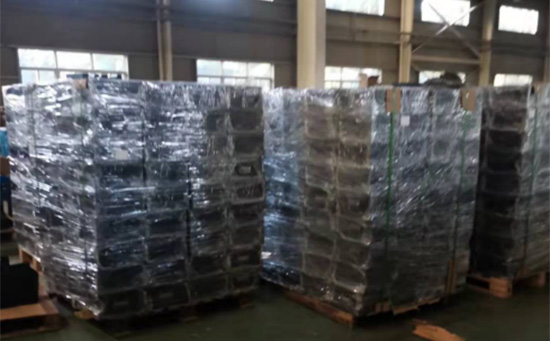
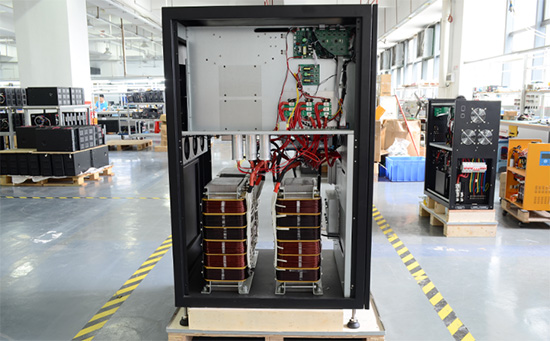
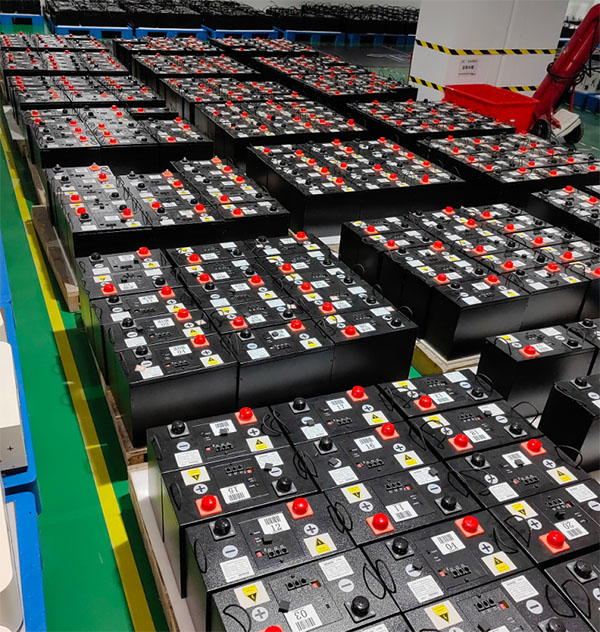
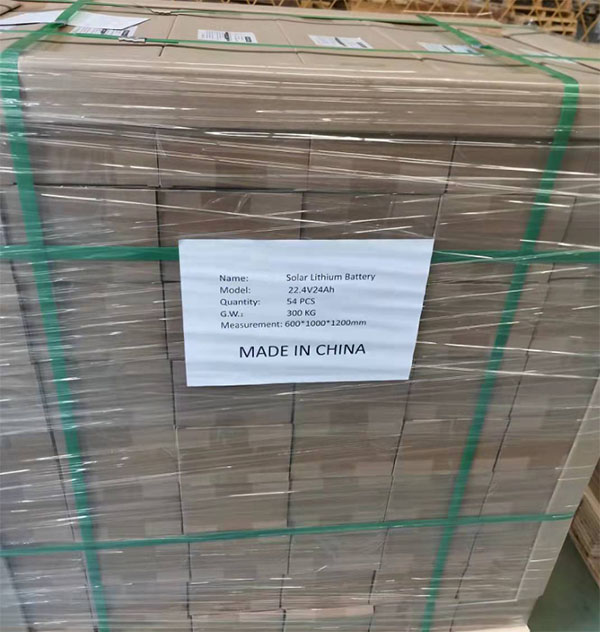
Cases
400KWH (192V2000AH Lifepo4 and solar energy storage system in Philippines )
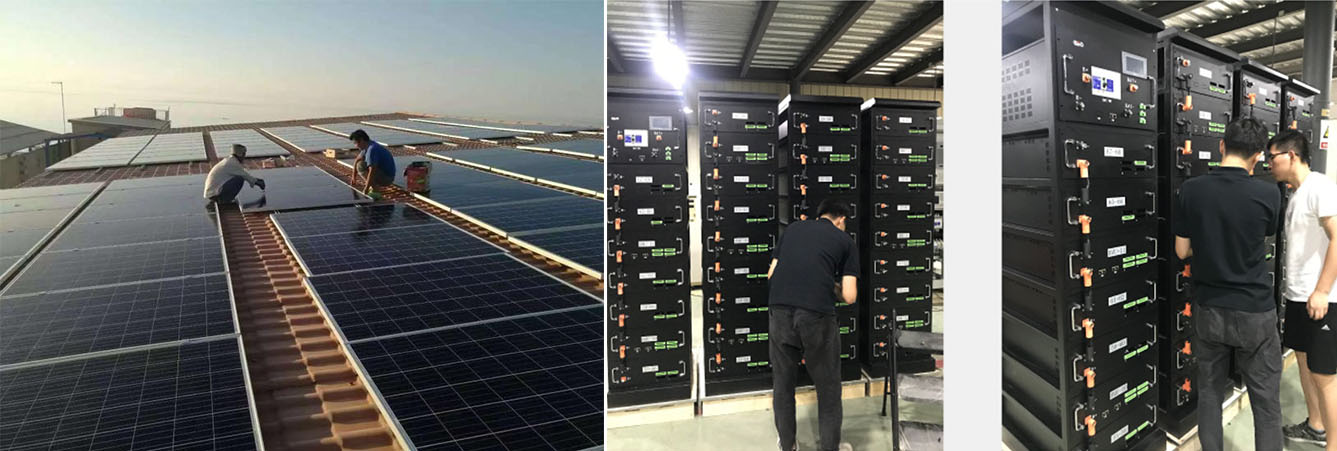
200KW PV+384V1200AH (500KWH) solar and lithium battery energy storage system in Nigeria

400KW PV+384V2500AH (1000KWH) solar and lithium battery energy storage system in America.
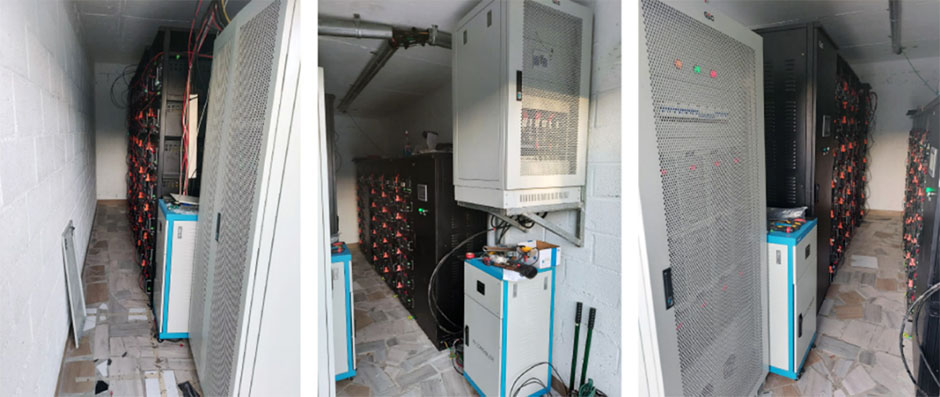
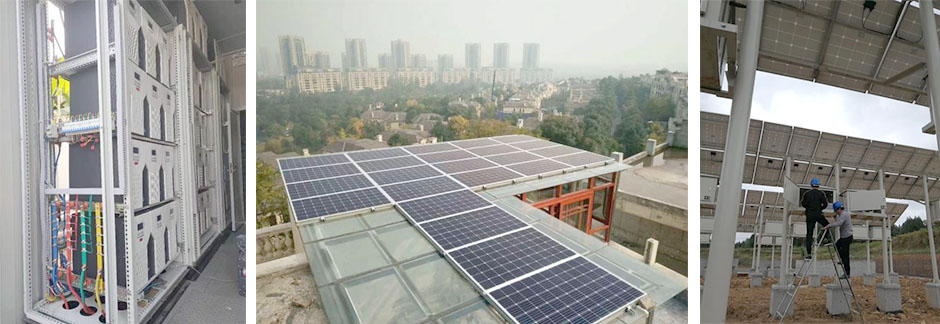
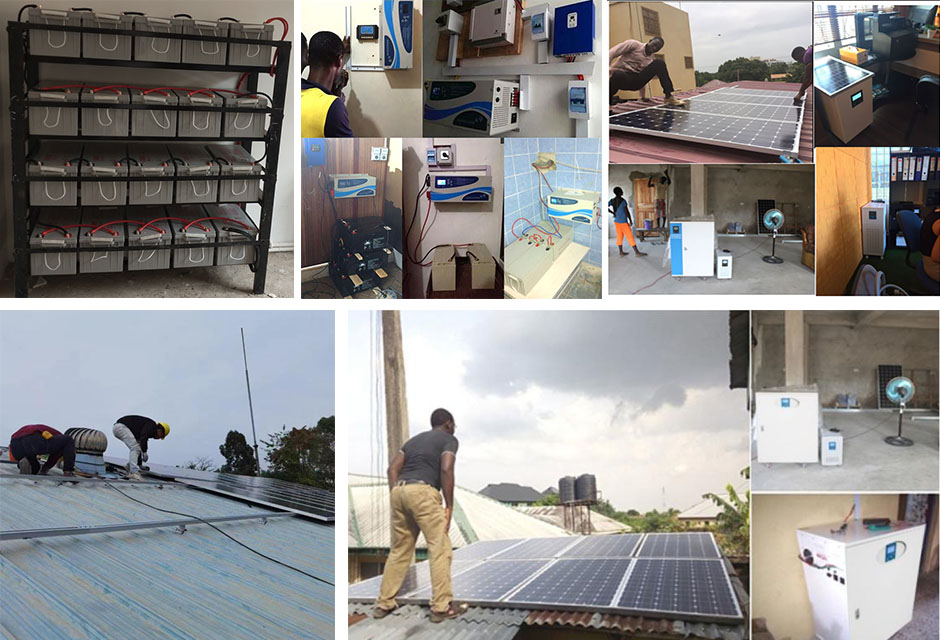
Certifications
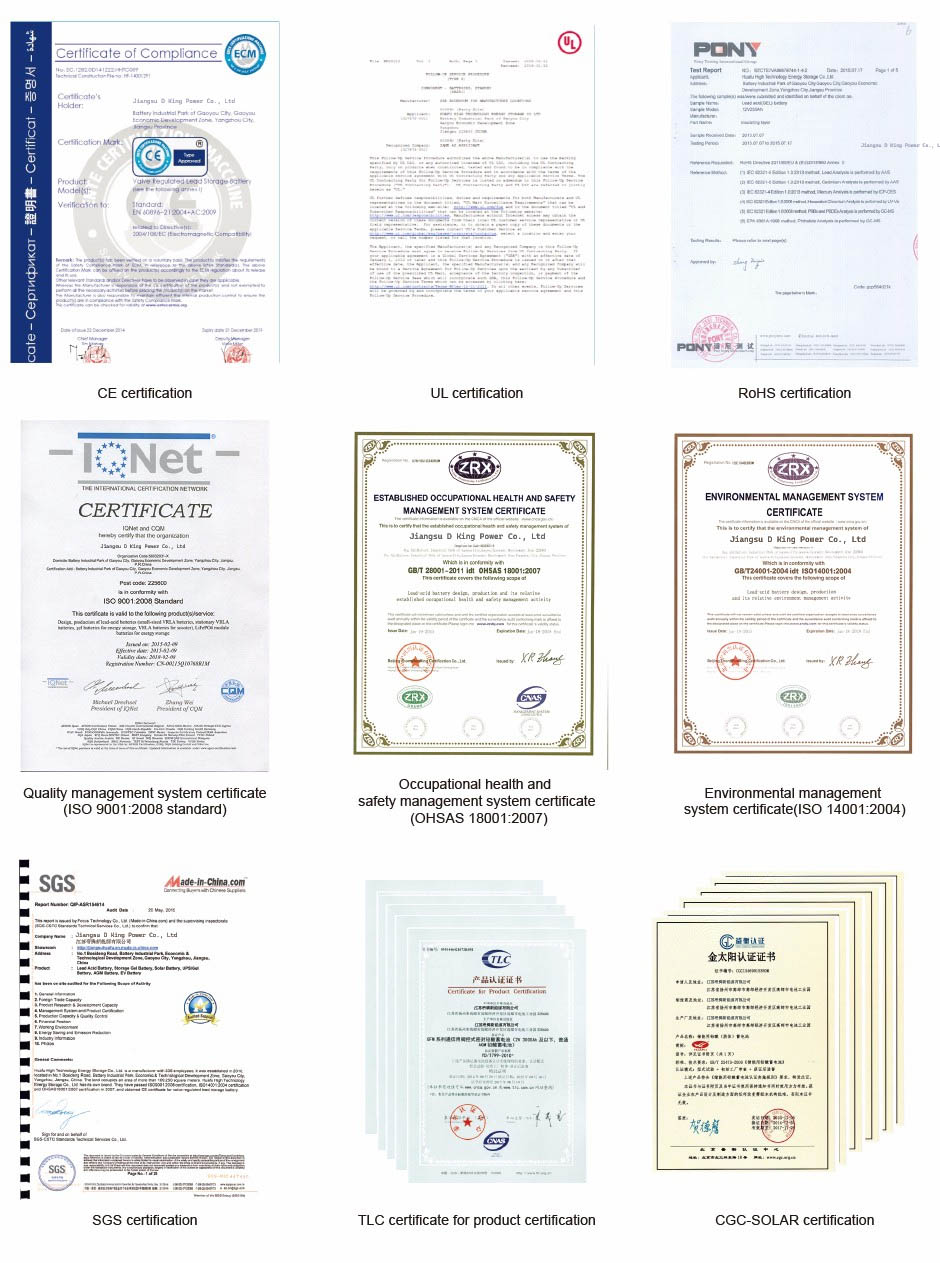
The global energy storage industry is showing a vigorous development trend
The development boom of the energy storage industry has aroused great concern in the capital market, and the global energy storage industry is showing a vigorous development trend. The United States, Japan and other countries lead the world in energy storage industry.
The United States has nearly half of the world's demonstration projects, and there have been a number of energy storage projects that achieve commercial applications. According to the latest US energy storage monitoring report issued by the research organization Wood Mackenzie and the American Energy Storage Association (ESA), the US will deploy an energy storage system with an installed capacity of 345MW in the second quarter of 2021. This has increased by 162% compared with the same period in 2020, making the second quarter of 2021 the second highest quarter for the deployment of energy storage systems in the United States.
According to the data in the White Paper 2022 on Energy Storage Industry Research, under the pressure of delayed construction of some projects due to the shortage and price rise of batteries in the supply chain, the development of the American energy storage market in 2021 still created a historical record. On the one hand, the scale of new energy storage projects exceeded 3GW for the first time, 2.5 times that of the same period in 2020. Among them, 88% of the installed capacity was from the application in front of the table, and mainly came from the source side optical storage projects and independent energy storage power plants; On the other hand, the installed capacity of a single project is also constantly breaking new historical records. The largest energy storage project completed in 2021 is the 409MW/900MWh Manatee energy storage center project of Florida Power and Lighting Company. At the same time, the United States is about to start a new era of gigawatt projects from the 100 megawatt level.
Due to the lack of resources, Japanese people have a strong sense of environmental protection. In the early days, when there was no policy and the price of photovoltaic modules was very high, they began to use solar power generation. In the 10 years from 2011 to 2020, Japan's photovoltaic installed capacity has been rising all the way. Since the introduction of the solar power grid price subsidy policy in 2012, the green and pollution-free characteristics of solar power generation have enabled large-scale installation and application of photovoltaic power generation devices.
In 2021, the Cabinet of Japan adopted the draft of the Sixth Basic Energy Plan, setting the goal of new energy composition by 2030. The document proposes that by 2030, the proportion of renewable energy in the power composition will increase from 22% to 24% to 36% to 38%.
Different from the United States, driven by the renewable energy goals and commitments of European countries, as well as the opening of various grid service market opportunities, the European energy storage market has been growing continuously since 2016, and showing a rapid growth trend. According to the data in the White Paper 2022 on Energy Storage Industry Research, in 2021, the newly added operation scale in Europe will reach 2.2GW, and the household energy storage market will perform strongly, with the scale exceeding 1GW. Among them, Germany still holds the absolute leading position in this field. 92% of the new installed capacity comes from household energy storage, and the cumulative installed volume has reached 430000 sets. In addition, the household energy storage market in Italy, Austria, Britain, Switzerland and other regions is growing. The pre balance sheet market is mainly concentrated in the UK and Ireland. After the former allowed the construction of projects with a scale of more than 50MW and 350MW in England and Wales, the installed capacity of the former increased rapidly, and the average scale of a single project rose to 54MW; The latter opens the ancillary service market for energy storage resources. At present, the scale of the grid level battery energy storage project under planning in Ireland has exceeded 2.5GW, and the market scale will continue to rise in the short term, maintaining rapid growth.
As far as Germany is concerned, it has no resource conditions to develop solar thermal power plants. Therefore, it is one of the important choices to use power storage technology to achieve smooth grid connection of more renewable energy, especially in the field of solar storage cells.
By the end of 2020, nearly 70% of residential solar power generation facilities in Germany have been equipped with battery energy storage systems. By 2021, the cumulative deployment capacity of the German residential energy storage market will be about 2.3GWh.
According to a report recently released by Energie Consulting, a consulting agency entrusted by BVES, German household users have installed more than 300000 residential battery energy storage systems, and the average capacity of each residential energy storage system deployed is about 8.5 kWh.
According to the survey by Energie Consulting, the turnover of the residential energy storage market in Germany in 2019 was about 660 million euros, which increased by 60% to 1.1 billion euros by 2020. The reason is that people have increased interest in energy elasticity, self-sufficiency and security, and power supply independence.
As the third pole to accelerate the deployment of electrification after China and Europe, India's new energy market is awakening. Many overseas battery manufacturers have set up factories in India, increasing their interest in providing products for India or the whole of Asia, and have settled a number of production bases for power batteries and energy storage products. Currently, renewable energy accounts for 10% of India's total power generation. India's 2021 Energy Outlook released by the International Energy Agency (IEA) shows that India's installed capacity of renewable energy will double to 900GW by 2040. As the solar power price is lower than 2 rupees/kWh, the cost of renewable energy in India is very competitive now and will become the main power supply source in the coming decades.















